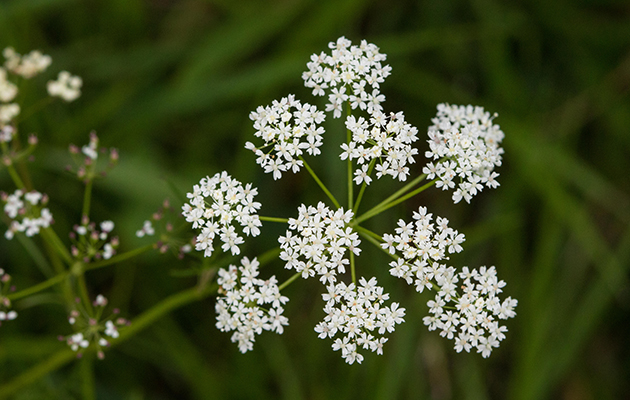Now is the time to root out pignuts - a treasure hidden below soil in woods and meadows in May and June. Follow our advice on how to find pignuts
Follow our guide on how to find pignuts – a hidden treasure for wild foragers. In May and June, pignuts can be found growing in woods, meadows and on verges and banks. In woods pignuts can be found in areas that get sunlight, and will often be right next to a path. The edible part is the root or tuber below ground. It can be eaten raw and tastes like a hazelnut and sweet chestnut. And it sometimes has a spicy aftertaste like a radish. Plus, pignuts make a great addition to soups and stews. So follow our guide on how to find pignuts – and ensure you have the landowner’s permission.
For more suggestions on what to forage and how to use your bounty, follow our guide on how to make wild fruit jam. It uses treats from the hedgerow including bilberries, sloes, elderberries and blackberries, as well as hips and haws. Or put the elderflowers to good use. Our recipe for the best elderflower cordial is a failsafe summer staple. And our elderflower and vanilla madeleines are a treat best enjoyed straight from the oven.
HOW TO FIND PIGNUTS
Can you please pass on some tips for finding pignuts. My grandfather used to talk fondly of trying to find them.
WG-S, by email
Pignut (Conopodium majus) is a small, perennial herb that looks similar to a feathery version of cow parsley. It has small, creamy flowers that smell sweet and floral.The pignut is on the root. It can be a couple of inches deep under the soil and hard to find. They vary in size from a chickpea to a sweet chestnut. The pignut has a sweet, aromatic flavour. This plant grows very well in acid-neutral soil and can be found in woods, meadows and on verges and banks in May and June. It is wise to ask permission from the landowner before you unearth this delightful buried treasure.





